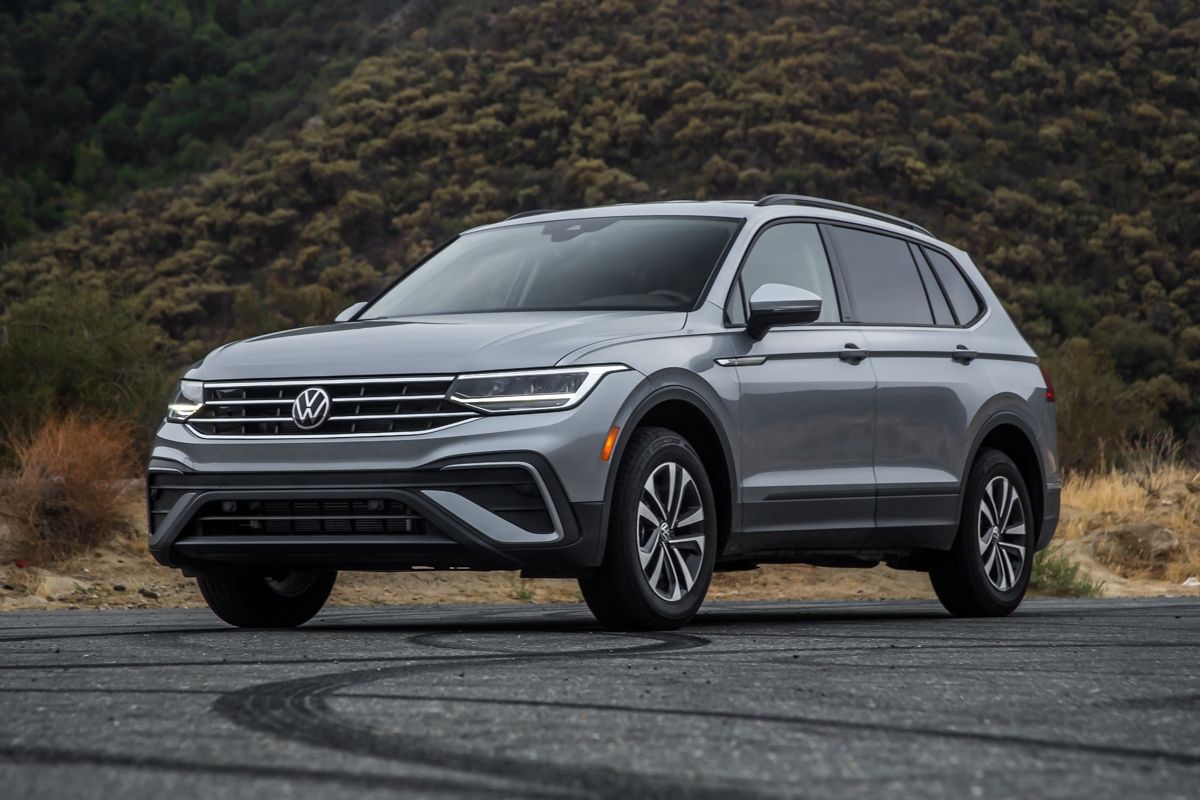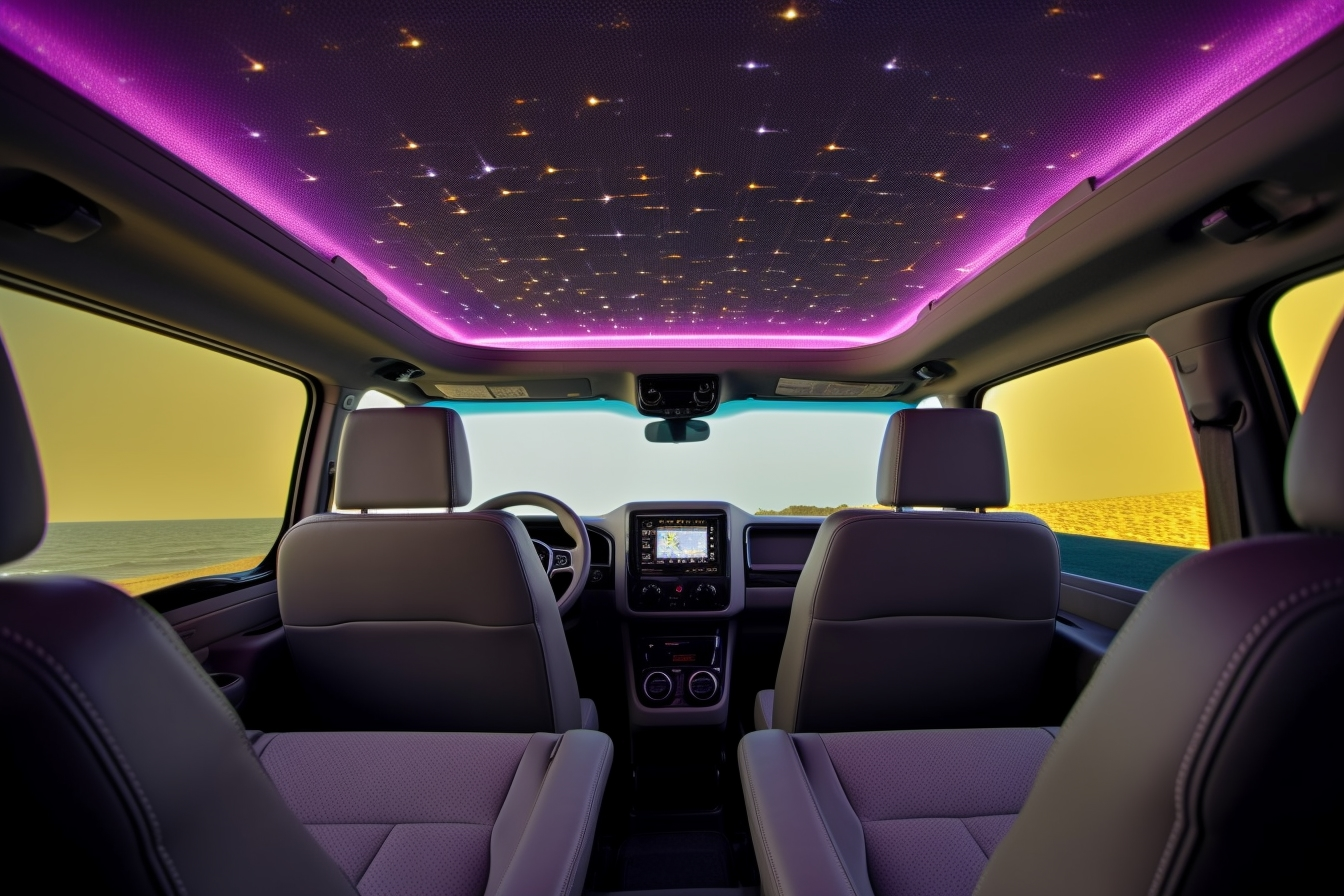
Volkswagen filed a patent for a new headliner similar to the Starlight Headliner found in Rolls-Royce models. CarBuzz discovered the patent, filed at the World Intellectual Property Organization.
You might wonder why VW is filing a patent for a feature that debuted in 2007 in the first-generation modern Phantom. While Rolls-Royce's starry sky interior is beautiful, it doesn't do anything apart from depicting a constellation of false stars.
VW has bigger plans for its headliner but doesn't shy away from admitting that it can be used to create a pleasant interior atmosphere, with graphics circling above a person's head as they enter the car. The Germans likely won't use a perforated leather headliner with 1,600 holes like Rolls-Royce, but there will be more lights.
As you can see from the images, VW proposes a molded headliner with lighting elements and holes for ventilation laid out in a grid. This likely won't allow the same kind of customization as Rolls-Royce's roof, which recently got a unique 3D effect in the Phantom Syntopia, but having gratifying interior illumination is not the only goal Volkswagen is aiming for.
If the driver isn't bothered, the roof can be used to extrapolate forward movement. Think of the stars flying by when fictional characters engage hyperspeed in a spacecraft. This illumination could be dimmed when the car is on the move, as interior lights tend to interfere with the driver's visibility.
From a practical side, the lights can be used to display information via graphics or patterns. These patterns can have different colors, signifying different things. VW mentions something as simple as a vehicle door. Unlocking the car will illuminate blue or green, while red will let the driver know if a particular door isn't closed correctly. Along the same lines, red can identify somebody not wearing a seatbelt.
Using existing sensors, the lights can illuminate certain areas in specific situations. If a passenger wishes to get out, a selection of lights can illuminate the door handle. If they want to get in, those same lights can illuminate the footwell and the seatbelt buckle.
On longer trips, passengers might want to read a book, in which case the headliner can illuminate certain portions of the car. It can also bathe the driver in red light to counteract the bright lights illuminating the rest of the cabin. The possibilities are nearly endless, with an entire roof full of LEDs, and a system like this could easily be updated via over-the-air updates.
As for the ventilation aspect, VW's upcoming ID.7 may already have a reasonably advanced climate control system, but this takes it to the next level. With hundreds of small holes in the roof, the airflow can be controlled in a way we've never seen before. You could theoretically have seven-zone climate control in a large enough vehicle, like the seven-seat Tiguan.
With different driver profiles, one family member might configure a flowy pattern slowly swooshing around the car, while another might only want a subtle deep red illuminating certain parts of the cabin.
Could we see this in production? We say yes because VW's patent makes a big deal about using existing technology like seat pressure and motion sensors to control the headliner. It would be just another part that plugs into the car's brain, and it would use existing technology already in the car to find out what it needs to know. For example, a rear seat pressure sensor will tell the fancy headliner whether a person is seated there and if their seatbelt is buckled or not. All VW needs is to build the headliner in various shapes and sizes and have some lines of code written.
Whether it will be a high-end feature remains to be seen. VW mentions a plastic construction, but we can also see Bentley using it in something like the Flying Spur, although that may be a little too on the nose.

